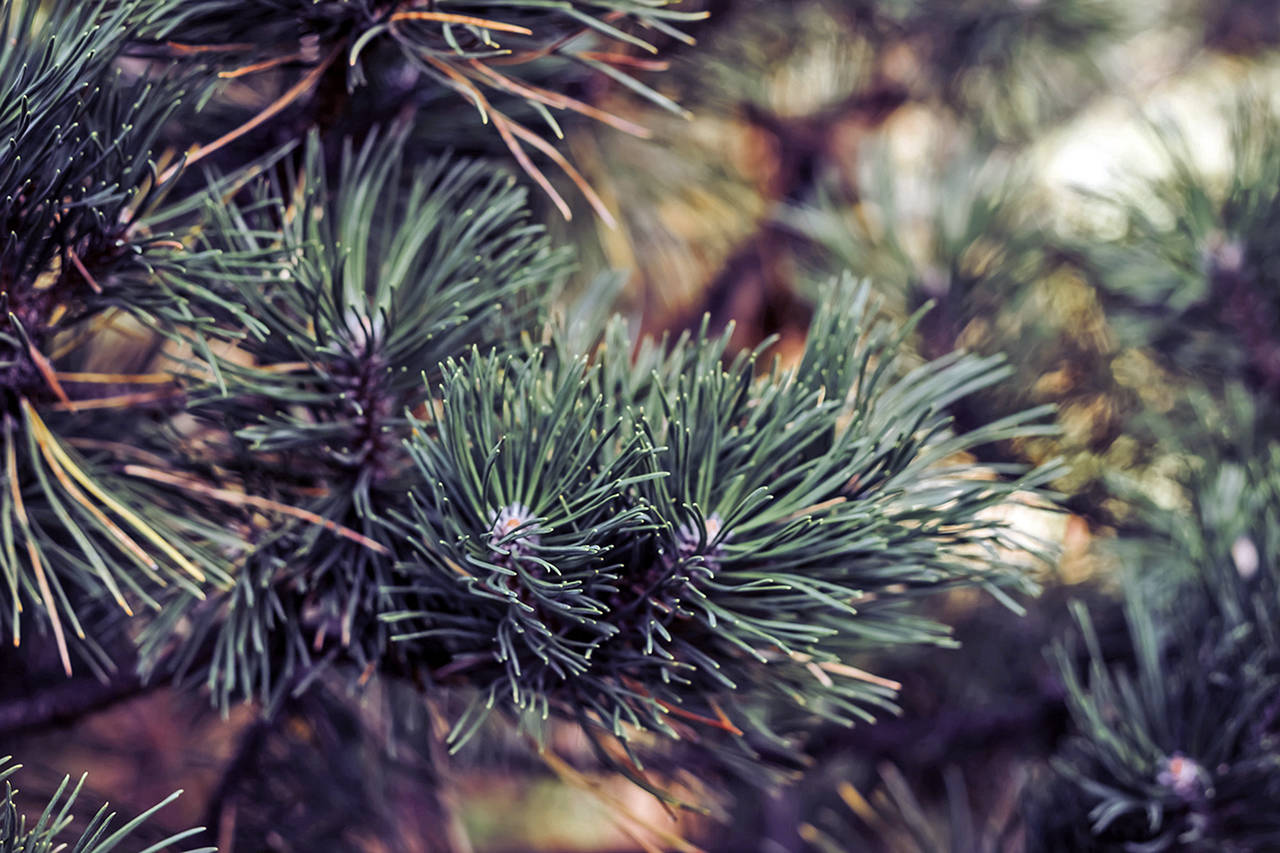By Katherine Rosenberg-Douglas
Chicago Tribune
There can be endless debate about the best time to set up a Christmas tree, but the symbols of holiday cheer can pose an often unheeded danger to people with asthma or allergies.
That’s because of something called “Christmas tree syndrome,” a term allergist Dr. Lawrence Kurlandsky introduced with two studies suggesting that live Christmas trees can be covered in mold that can cause breathing issues. People with asthma or allergies are particularly susceptible, because 70% of the molds found in live trees can trigger severe asthma attacks, fatigue and sinus congestion.
Dr. Sharmilee Nyenhuis, an allergist at the University of Illinois at Chicago, said some people who have mold allergies don’t realize the dangers of Christmas tree mold.
“Around five to seven days would probably be a good amount of time to have a live Christmas tree up, since after seven days the mold count starts to increase exponentially,” she said.
The warmth inside homes is one reason the mold on trees gets more dangerous with time, said Melanie Carver, vice president of community health and marketing for the Asthma and Allergy Foundation of America.
“The trees themselves most likely have mold spores and pollen on them that are brought into the home,” Carver said via email. “Mold grows in warm, humid environments, and sometimes the inside of your home provides the perfect conditions to encourage mold growth.”
Kurlandsky published his studies in 2007 and 2011 and has since retired.
If a Christmas tree has mold when it’s brought into a home, it makes sense that people living there may notice symptoms from being exposed to it, such as sinus and nasal congestion, stuffiness, a runny nose, itchy, watery eyes or a cough, Nyenhuis said after reviewing Kurlandsky’s research.
If the mold affects someone’s asthma, it could lead to shortness of breath or chest tightness, she said.
“If those symptoms are always happening around the holiday time, every December or end of November when people are putting up holiday decorations, you may want to consider that maybe you’re someone with allergies and speak with your doctor,” she said.
JT Maier, owner of AdvantaClean of Northwest Chicagoland, said artificial trees can be just as problematic because they might be covered in dust or mold if they haven’t been properly stored.
“An artificial tree has its advantages and its risks,” he said. “A big mistake … would be to put it in the attic by itself without any bag or without storing it in a plastic container, for example. They’re really asking for a lot of trouble that way.”
Sitting there for 11 months, the tree is bound to collect dust. In an attic that isn’t insulated, condensation also could start to form.
“And water mixed with dust equals mold growth,” Maier said.
For those with allergies who still want a holiday tree, there are quick ways to protect against the danger of mold, regardless of tree type.
Maier recommends storing any holiday decorations, including artificial trees and ornaments, in a climate-controlled space, such as a closet or finished basement instead of an unheated attic. He also said cardboard is a big no-no, since pests love it and it will get moldy if it gets wet.
Use a leaf blower on a real tree before bringing it in the house, to shake off any pollen or mold. Washing it first works even better, but that can be tricky.
“If you have a live tree, I’d recommend doing a vinegar solution, one part vinegar to one part water, and washing the tree with that,” said Nyenhuis. “Vinegar has mold-killing properties and it’s a very cheap, low-cost intervention.”
Artificial trees also can be washed, Carver noted.
Maier said clients who experience Christmas tree syndrome for the first time when they’re older often ask why they haven’t had problems in the past, or why it seems to be a more prevalent issue for more people now than it was decades ago. Many are shocked when he explains it has a lot to do with the push toward energy efficiency in home building, which has made homes more airtight.
“Anything in your house today is more likely to stay in your house. There’s no exchange bringing fresh air from outside in,” Maier said.
There’s better insulation, better siding and windows, synthetic carpet and synthetic hardwood floors, all to help prevent drafts, he said.
“We don’t want a drafty house, because that’s not energy-efficient,” Maier said. “You’re letting all your hot or cold air out. But drafty houses used to let in fresh air. And, especially in winter, we don’t open doors or windows. So you aren’t getting fresh air in your house; you’re trapping stagnant and potentially dangerous air inside.”
Trees aren’t the only festive decorations that can raise concerns during the holidays for people with asthma, Carver said.
Artificial snow or flocking on trees can release tiny particles into the air, which can irritate the airway. Scented candles, cleaning products, indoor fires and cold air also are asthma triggers, Nyenhuis said.
“Everyone’s asthma is different, and people may have different allergies,” Nyenhuis said. “But poor air quality impacts all people with asthma.”


